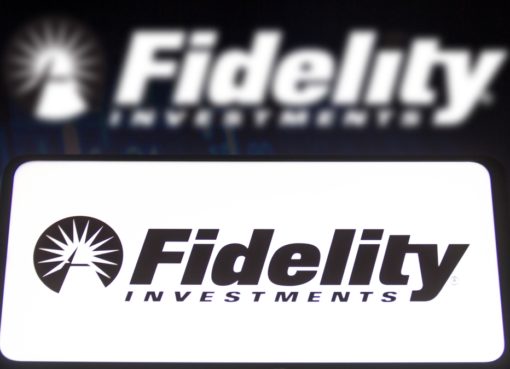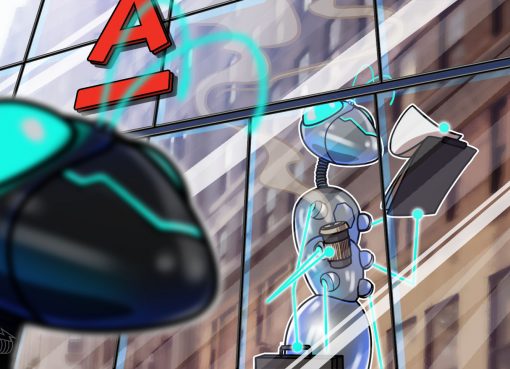In this issue
- Why did Square acquire US$50 million in bitcoin?
- Google Cloud joins Block.one network
- Digital currency initiatives advance globally
- In China: central bank pushes 50,000 people to spend new e-RMB; Hong Kong as DCEP’s sandbox
- Funding spotlight: betting on cryptocurrency in India
From the Editor’s Desk
Dear Reader,
What’s happening in this part of the world, where Forkast sits in Asia? A lot.
In its latest effort to push mainstream adoption for the e-RMB, China is handing out 50,000 digital “red packets.” Why is this significant?
The red packet in China (and across Asia) is entrenched in tradition, culture, and how a nation views money. The red packet is symbolic, a congratulatory expression of joy and economic support given during the holidays (bosses to underlings, tenants to doormen, grateful customers to attentive staff, etc.) and special occasions, like weddings and birthdays. Popular among the wisest and most senior among us, it serves as a nice gift to little children. It is a nod to societal generosity, the color red to ward off evil spirits, and hopes and wishes for prosperity and wealth. So when the government is doling out 50,000 red packets of their new digital RMB, you know China is getting ready to launch its vision for their Digital Currency/Electronic Payment (DCEP) system, as mainstream adoption is critical to its success.
Cross-check this with the upcoming U.S. elections in November and the disintegrating global supply chain and you have an interesting financial fissure during a critical political time. Red packets are a fast route into the hearts and minds of people across China. Question is: what message will go with it?
Until the next time,
Angie Lau,
Founder and Editor-in-Chief
1. Square buys US$50 million worth of bitcoin
By the numbers: Square — 5,000% increase in Google search volume.
Twitter CEO Jack Dorsey’s financial services company Square has purchased US$50 million worth of bitcoins. The payments platform says that its recent acquisition of 4,709 bitcoins represents about 1% of its total assets.
- Dorsey has been a long-time believer of bitcoin as the world’s “single currency.” In 2018, he stated that he believes bitcoin will reach this status in ten years time.
- Dorsey’s Square follows Michael Saylor’s Microstrategy, after the business intelligence firm expanded its bitcoin holdings to US$425 million by adding $175 million worth of bitcoins in mid-September. Microstrategy saw a 1,050% increase in Google search volume following Square’s announcement.
Forkast.Insights | What does it mean?
It is questionable whether Square bought bitcoin because of Jack Dorsey’s desire to push the cryptocurrency, according to the company’s statement, as a tool of “economic empowerment.” It is more likely that Square bought bitcoin because it’s the first layer of an underlying asset for a future token or digital asset of sorts for the company.
Let’s first unpack the idea that bitcoin is a way to bank the unbanked or empower the economically disadvantaged. Research done in 2019 by former Coinbase engineer Preethi Kasireddy shows that 2% of the BTC addresses out there control 80% of the wealth. Even studies that don’t show such a concentration of bitcoin ownership show holding patterns that reflect that bitcoin is a commodity dominated by whales. Over 60% of wallets contain between 100 and 1,000 BTC, per crypto-economist Gabor Gurbacs. And what’s 100 BTC in USD? About 11 million USD. Having access to those kinds of assets (and wanting to put it in cryptocurrency) would put you well above the 95th quartile of income, and more in the range of top 1% to 0.5%. With bitcoin, it’s more about multi-millionaires fighting multi-millionaires. Financial inclusion means the mere millionaires would have more exposure.
DeFi is a good case study for this: its userbase is dominated by whales moving assets with values in the six-figures to liquidy pools to get double-digit returns. Once the non-whales come in for a project in investments denominated with three or four zeros, a new generation of bagholders is quickly created with people having a large percentage of their net worth being wiped out.
So Square likely won’t be empowering the next generation of financial inclusion, because that’s not what bitcoin is being for in real life now. What might Square be doing instead? Likely building out some sort of blockchain-based solution to find efficiencies in cross-border payments. With U.S. regulators being much more open to tokens — if done properly — a tokenized solution to expedite the payment process, or fund further research into it, is not out of the question. If it was some sort of token for payments (i.e. a stablecoin) it would require an underlying asset, like a big stash of BTC to help build liquidity.
2. Google Cloud wants in on the Block.one party
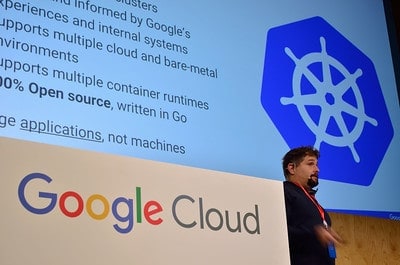
By the numbers: Google Cloud — 4,150% increase in Google search volume.
While decentralized storage service Filecoin’s mainnet closes in, major cloud services are also turning their heads towards blockchain technology. Google Cloud was the latest to do so, by joining Block.one’s EOS network.
- To become a block producer, Google Cloud must first earn the votes of existing EOS token holders.
- “We’re starting the process of becoming a block producer candidate,” said Allen Day, Developer Advocate, Google Cloud. “As organizations begin to incorporate distributed ledger technology into their infrastructures, we are committed to ensuring that the information on public blockchains are securely stored, reliably available, and can be accessed in meaningful ways.”
Forkast.Insights | What does it mean?
Enterprise-level firms are taking a serious look at blockchain technology for their underlying software stack. A big part of the reason is that blockchain-powered cloud storage is becoming competitive with established cloud providers. It could be that cloud providers begin to offer hybrid solutions, to capture the need for firms to diversify where their data is held.
This move, if ratified by EOS, would lend a lot of support to the platform as well. EOS, since its launch, has struggled with reputational issues since its inception: a combination of centralization of governance with China-based stakeholders and initial torrent of grandiose claims during its initial ICO created a cloud of skepticism around the project.
And what’s the best way to counter this skepticism? Some institutional-grade partnerships. If anything, this might open up the spirit of competition between different blockchains. With Google Cloud’s vote of confidence in EOS, how might, say, Microsoft react? While Google and Microsoft have both supported blockchain with their cloud services for quite some time, they have also taken a lot of effort to support a level of agnosticism and neutrality. One could speculate that this might represent a turn in a different direction.
3. CBDC activity ramps up globally
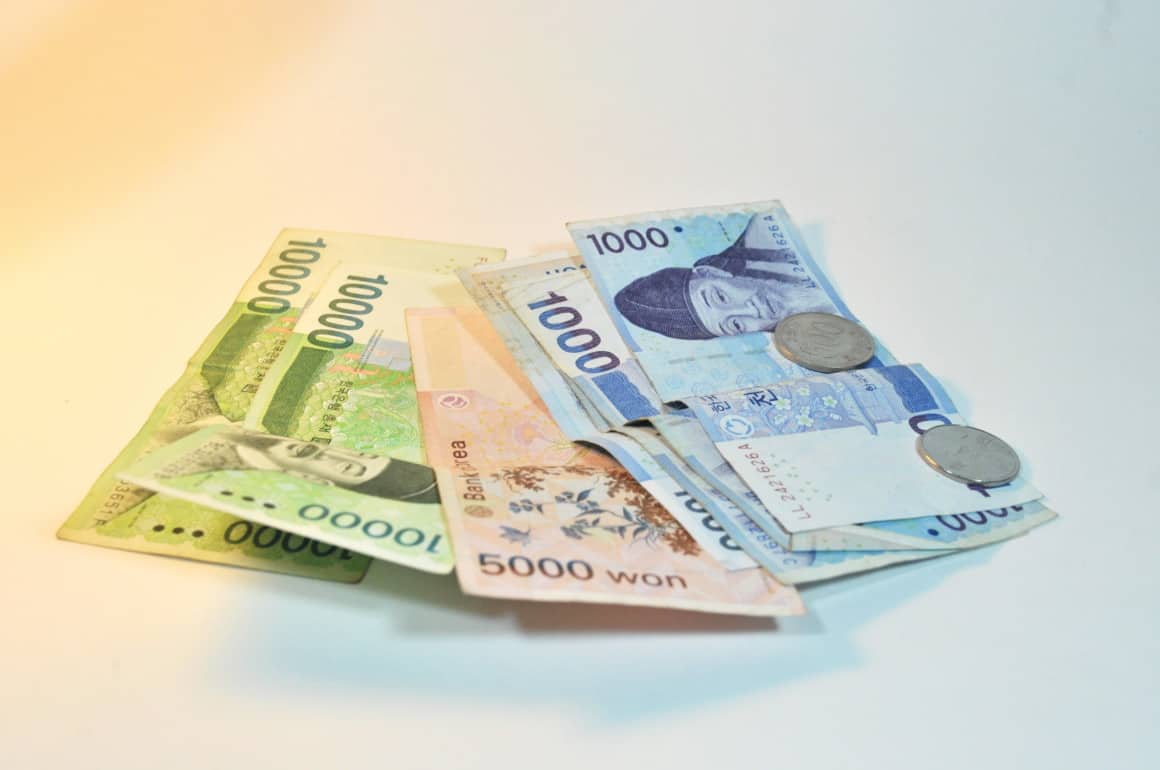
By the numbers: CBDC — 800% increase in Google search volume.
Central bank digital currency initiatives are heating up around the world.
- The Bank of Korea (BOK) reveals the third and final phase of its CBDC pilot program — which will include a test run on distribution and circulation — to begin next year. Despite the announcement, the BOK doubled down that it still has not confirmed the actual launch of its CBDC and Korea Herald reports that it is merely “testing the waters.”
- The Bank of Japan (BOJ) has announced that it has no immediate plans to issue its own CBDC, it plans to kickstart its proof of concept phase in early 2021.
- The European Central Bank (ECB) also jumped in by publishing its “Report on a digital euro.” The ECB’s recent report kickstarts a public consultation period towards mid-2021, when the ECB will consider “whether to start a digital euro project and build a minimum viable product.”
- The Hong Kong Monetary Authority (HKMA) has recently selected ConsenSys to lead the second phase of its CBDC project. Project Inthanon-Lionrock was initiated by the HKMA and the Bank of Thailand to study CBDC applications for cross-border payments.
- Meanwhile, China showered Shenzhen locals with 10 million yuan worth of DCEP. Keep on reading to catch up to China’s growing lead in the CBDC race.
Forkast.Insights | What does it mean?
Should the grand bargain of central bank digital currencies — a new era of liquidity accessible by international markets — hold true, there will be a sharp rise in currency competition as settlement in something other than the USD becomes possible. In an earlier edition of The Current Forkast, we covered Brazil’s push for a CBDC — so that a businessman in São Paulo looking to pay a vendor in Santiago wouldn’t have to settle the transaction in USD. We also analyzed, separately, why there might not be as obvious as a use case in France with the highly connected European Union.
So where does Korea lie in all of this? In terms of its place in Asia as well as the global economy, it’s more of a Brazil than a France. A Korean CBDC would have a different goal in mind than a European CBDC. It’s role would be more similar to Japan’s, as their economies are similar — and competitors. In Asia’s highly competitive regional economy, where neighboring nations have integrated supply chains yet competitive economies, having the ability to settle transactions in your own currency would be a huge advantage.
Other CBDC efforts in the region have a different approach with a similar goal in mind. Hong Kong, one of the world’s prominent currency trading hubs, is studying a CBDC as an aid to internationalize DCEP. Just like how the territory is home to the world’s biggest offshore RMB pools and the HKD is an effective on/off ramp for the RMB, a HKCBDC would serve a similar role.
That’s the logic behind China’s new digital currency DCEP; as China is a nexus of trade for manufacturing, it’s likely that a major part of the costs of production — assembly — will be denominated in RMB. So why not expand this to more parts of the supply chain? If banks from China that specialize in supply chain financing now offer their credit lines in RMB thanks to DCEP, there’s more of an incentive to use the currency throughout the process.
That’s what Korea is up against. But the chaebols (large family-owned conglomerates) in Seoul are certainly no slouches: their supply chain is also a regional endeavour that spans borders and currencies. Samsung, for instance, is an active player in Vietnam through its investment in the country’s manufacturing capability. But the Vietnamese dong isn’t known for its liquidity: converting the Korean won to USD to Vietnamese dong adds costs through forex fiction. In the ultra competitive world of consumer goods manufacturing, anything to save a few points on margin is a godsend.
Central bankers in East Asia tend to be a conservative bunch, but rivalries run deep. If there’s a chance to knock the yen down a notch and keep the RMB at bay, it should not be surprising that Seoul is now also racing toward creating its own CBDC.
4. In China: Central bank accelerates DCEP testing via 50,000 digital ‘red packets.’ Will Hong Kong become a ‘sandbox’ for new e-RMB?

Hong Kong could become a sandbox for the new digital yuan, according to Au King-lun, the executive director of the Financial Services Development Council.
- Au gave a speech at the Annual Forum of the Hong Kong Offshore RMB Business on October 8. He pointed out that people still face the problem of insufficient relevant assets when using RMB outside of China. As the largest offshore RMB user, Hong Kong will play an important role in the development of Hong Kong- Macau- Guangdong Greater Bay Area and further internationalizing RMB.
- According to a report from the Financial Services Development Council, as of the end of 2019, Hong Kong holds over 658 billion yuan, or US$97 billion in offshore RMB, and Hong Kong’s average daily transaction by RMB reached 1.1 trillion yuan, or US$163 billion.
Forkast.Insights | What does it mean?
Although it is pegged to the U.S. dollar, the HKD still serves as an on-ramp and off-ramp for China’s renminbi. Hong Kong is home to the largest off-shore liquidity pool of RMB. With HKD’s international liquidity, the city acts as a pipeline for EUR/USD-HKD-RMB settlement.
Here’s where the value of Hong Kong would come in for a digital RMB. If the e-RMB is going to be internationalized, the first port of call would be Hong Kong — just like how the RMB is used in the city as a jumping off point for international trade. In an era of DCEP and widespread CBDCs, a future forex market in Hong Kong will likely include “digital pools” where these currencies are traded or exchanged for digital assets like tokenized gold or oil.
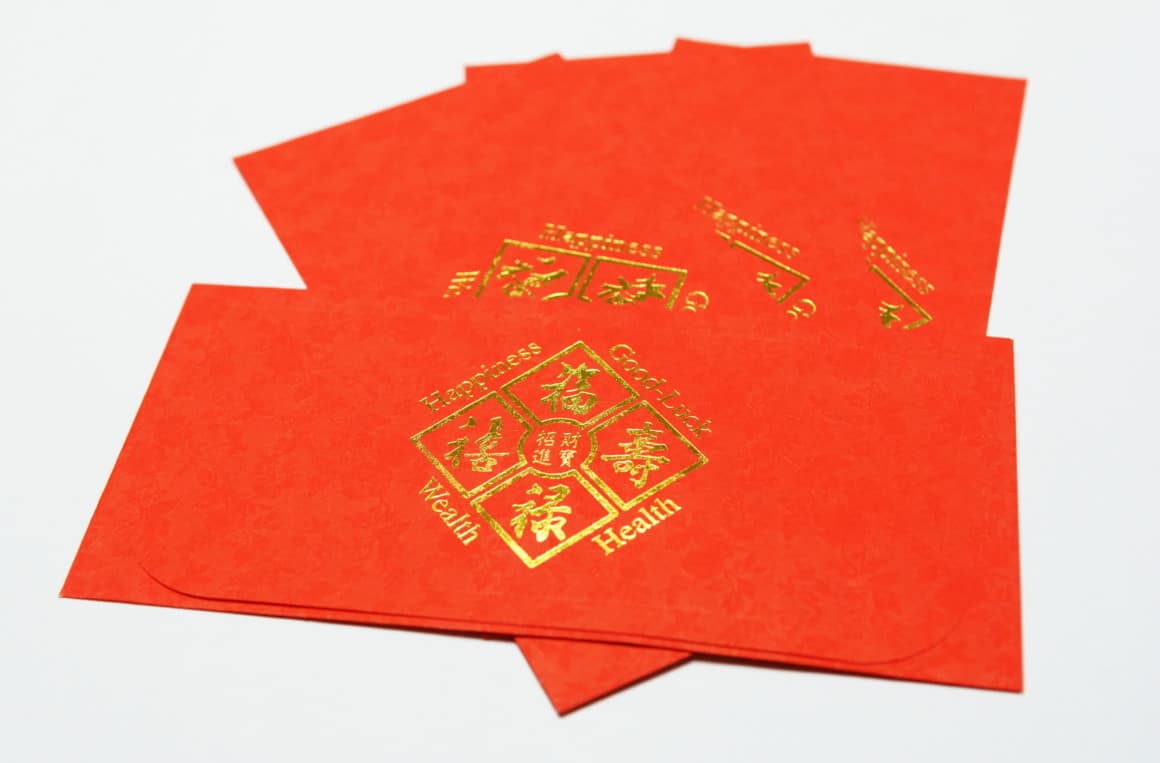
China’s new “digital currency, electronic payment” (DCEP) system, the new e-RMB currently being put through nationwide testing by the mainland’s central bank, the People’s Bank of China (PBOC), has made more strides toward what could be an imminent rollout.
- According to Yifei Fan, PBOC’s deputy governor, DCEP has reached several milestones: 3.13 million transactions worth 1.1 billion yuan have been processed using the digital yuan.
- China is also now pushing 50,000 people to spend DCEP right now by distributing digital “red packets” worth 10 million yuan that will expire next week. The e-money was awarded through an online lottery that over 1 million eligible residents applied for. Each winner received 200 digital yuan (worth about US$30) that they can now spend this week at 3,389 designated shops and supermarkets in the Luohu district of Shenzhen, one of DCEP’s pilot test cities.
Forkast.Insights | What does it mean?
Who doesn’t love red packets?
Given that China just wrapped up its “Golden Week” fall holidays, the timing of these red packets is well thought out. Mainlanders are known to spend a lot of money during this time on shopping and travel. Despite signs that China’s economy is already on the mend, having these red packets is a nice touch as times remain tough for many. The extra cash could only create incentives to use the new DCEP and encourage its acceptance as a payment method, not to mention widen PBOC’s beta testing for DCEP at over 3,000 retail shops. Doesn’t this remind everyone of the token airdrops of yore?
5. Funding spotlight: VC in India
Unocoin — Series A, India, US$5 million
Indian cryptocurrency exchange Unocoin closed a $5 million funding round this week, raising funds from NYC blockchain firm XBTO Group and San Francisco’s 2020 Ventures. The funding round was led by billionaire Tim Draper’s venture capital firm, Draper Associates, which contributed an unpublished amount of funding. Unocoin is India’s first cryptocurrency exchange and claims a $20 million valuation following the funding round. In a press release, Unocoin stated that the funding would be used for “development of new products,” as well as “enhancement of […] infrastructure” and “talent acquisition.”
Forkast.Insights | What does it mean?
Given that cryptocurrency in India remains in a legal gray area, with India’s parliament in no hurry to pass legislation, it’s remarkable that Draper Associates would choose to invest in such an uncertain market unless they were confident that this would lead to a profitable outcome. Forkast.News has featured Draper on a digital dollar-focused Word on the Block podcast, where he predicted that BTC would hit $250,000 in 2022 or in the “beginning of 2023.” He also noted the likely devaluation of the USD by the U.S. Federal Reserve, claiming that it’s being “printed like it’s going out of style.”
The amount Draper is investing in Unocoin may be a rounding error for him, but it is also clear, in this instance, on which country he is betting money.



